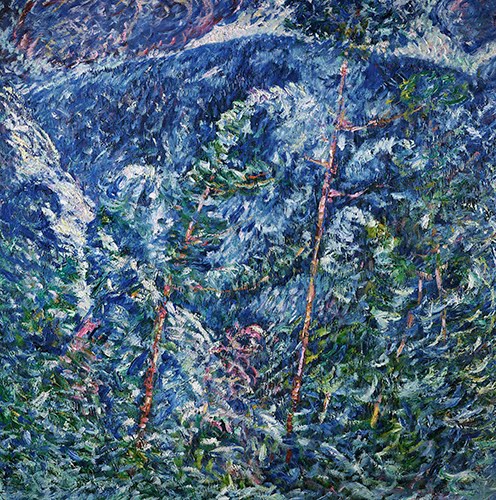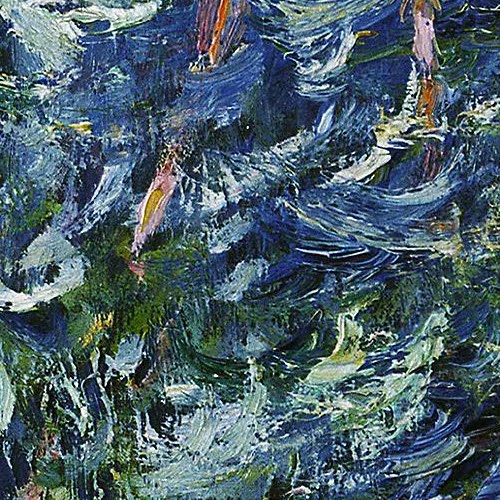Beauty Over Chaos: Marsden Hartley
I’m purposely avoiding any art that has to do with elections because of this week’s voting. I’m so disappointed with the political climate in this country, I want to show a beautiful work of art to take your mind off of the ridiculous state this country is in. Marsden Hartley is an awesome painter and a pioneer American modernist at a time when it was not fashionable. I will point out that the title of this gorgeous Hartley piece contains the word “chaos.”
 |
| Marsden Hartley (1877–1943, United States), Winter Chaos, Blizzard, 1909. Oil on canvas, 33 15/16" x 34" (86.2 x 86.4 cm). Image © 2018 Philadelphia Museum of Art. (PMA-276) |
In the early 1900s, American avant-garde art was largely influenced by European modernism, primarily movements in France (Impressionism, Post-Impressionism, Fauvism, Cubism), Germany (Dark Impressionism, Symbolism, Expressionism), and Italy (Futurism). American artists who had been abroad established original contributions to these styles and, in many cases, they made these styles uniquely American.
Marsden Hartley—as I’ve blogged before—was one of those artists who just exploded with originality after traveling to Europe. Although he spent time in Europe between 1909 and 1912, he had studied in New York between 1899 and 1905. This was the period when he became acquainted with European modernism, particularly all of the offshoots of Neo-Impressionism. Neo-Impressionism had spread from France into Switzerland, Italy, and, to a lesser extent, Germany.
In 1908, Hartley moved to a remote farm in Stoneham Valley, Maine. He stayed through a severe winter until March of 1909 and produced a large number of paintings in the Neo-Impressionist style. He had seen works by the Neo-Impressionists (such as Paul Sérusier, Pierre Bonnard, and Édouard Vuillard) at Alfred Stieglitz’s Gallery 291 in New York. He had also seen works by the Italian Swiss artist Giovanni Segantini (1858–1899)—a Neo-Impressionist who painted scintillating alpine landscapes in a pseudo-Divisionist stylein the German magazine Jugend. Segantini’s method of building form in short, thin swipes of pure color is now called the “stitch” method.
Winter Chaos, Blizzard was part of Hartley’s first one-person shows, held at Gallery 291 in 1909. The success of that show enabled him to go to Europe for six years. Although his stitches are larger than those of Segantini, they serve the same purpose to build form. The brushwork of stitches is so tight and space is so condensed that there is very little sense of depth. The emphasis is on the two-dimensional surface rather than as illusionistic landscape. Works from this period came the closest to total abstraction of any of Hartley’s work, including his symbol paintings from Germany.
 |
| Marsden Hartley, Winter Chaos, Blizzard, brushwork detail, 1909. Oil on canvas, 33 15/16" x 34" (86.2 x 86.4 cm). Image © 2018 Philadelphia Museum of Art. (PMA-276) |


Comments